How to Install Steam on Ubuntu: A Complete Guide

Are you a gamer, and want to know how to install Steam on Ubuntu? This guide is for you. Steam is the popular digital platform for PC games. And you know what, Linux users can also enjoy it. It is simple to install Steam on Ubuntu, but users get stuck on package errors and missing […]
Install PyCharm Linux: Step-by-Step Guide
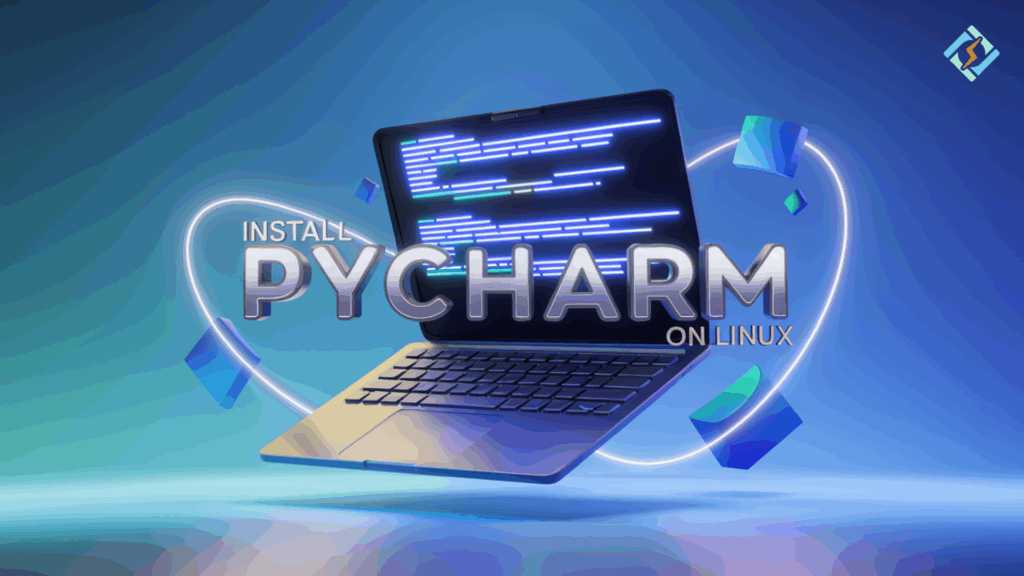
Developers always look for the best IDE to make coding fast and productive. PyCharm is the most popular IDE. It is for Python development. It comes with smart code completion, debugging tools, and seamless integration. If you are using Linux, PyCharm is your best friend. You should learn how to install PyCharm Linux properly to […]
Ubuntu Proxy Settings: A Complete Guide!

When you are using Ubuntu, the need to connect to the internet via a proxy server is sometimes necessary. It is for keeping the privacy of the user, their security, or simply to be able to access the network. The Ubuntu proxy settings allow you to have full control over the connections made by the […]
fsck Command in Linux: Your Complete Guide!

If you get file system errors while using a Linux system, the fsck command in Linux is the tool you need. It is known as the File System Consistency Check. The fsck command in Linux is designed to scan, repair, and maintain healthy storage structures on a Linux system. Without this command, corrupted data and […]
Whoami Linux Command: Learn in 5 Minutes!
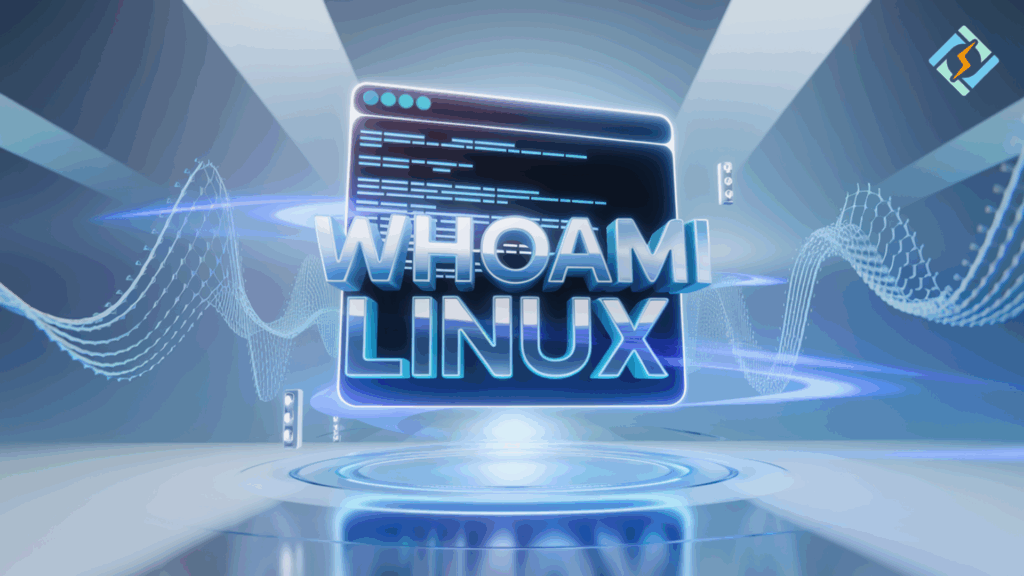
When you are working on Linux, you often find yourself switching between users or running commands with different permissions. And alos you may forget which user account you are currently operating under. It is where whoami Linux command becomes important. This is very simple but powerful command. It shows the currently logged-in user and helps […]
How to Install NVIDIA Drivers Ubuntu: Stepwise Guide
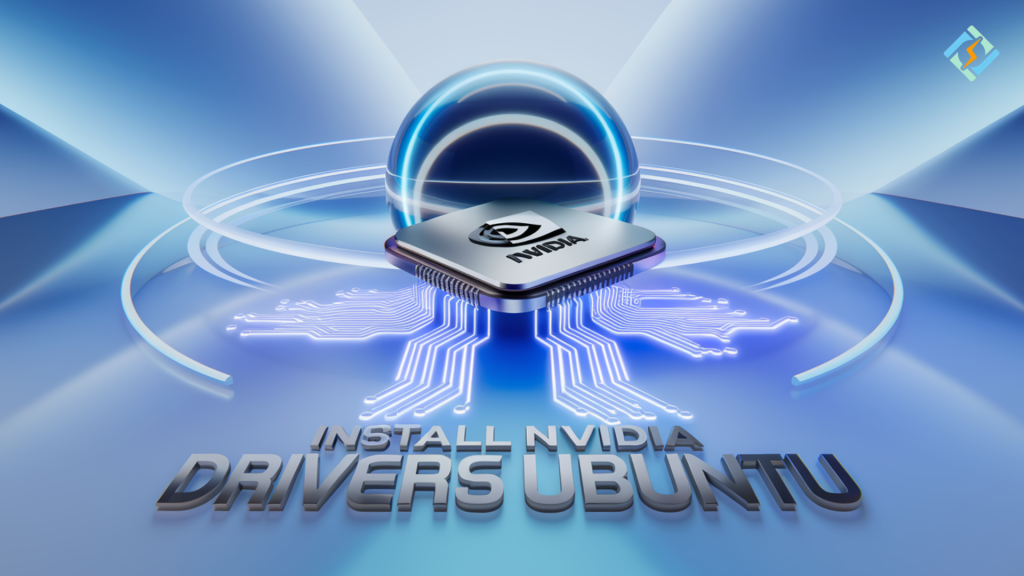
You need the right drivers for your NVIDIA GPU if you use Ubuntu for gaming, AI projects, or graphics-intensive work. Without NVIDIA drivers, you may face issues like screen tearing, performance issues, or your system failing to detect the GPU. When you learn how to install NVIDIA drivers Ubuntu correctly, it ensures smooth performance and […]
DNS Nameserver Linux: Your Guide to Configuration!
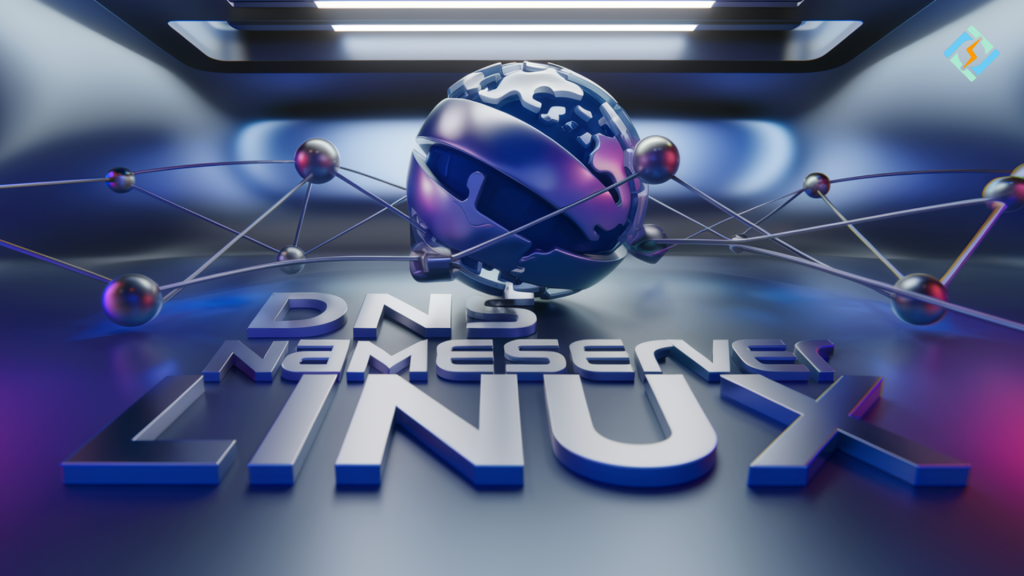
Whenever you type a website address, your system takes help from DNS nameservers. These DNS nameservers translate that domain into an IP address. If you are using Linux, it is critical to manage and configure DNS nameservers. Whether you’re hosting a server, managing enterprise infrastructure, or simply troubleshooting connectivity issues, understanding DNS nameserver Linux is […]
Debian Install Go: Your One Stop Guide!

Google created a language called Golang. We commonly know it as ‘Go’. You can use it for cloud applications, networking tools, and backend development. If you are using Debian, you should know how to properly set up Go. We are going to discover ‘Debian Install Go’. It is not always included by default in your […]
Install & Use VSCode ArchLinux: Learn Easily Now!
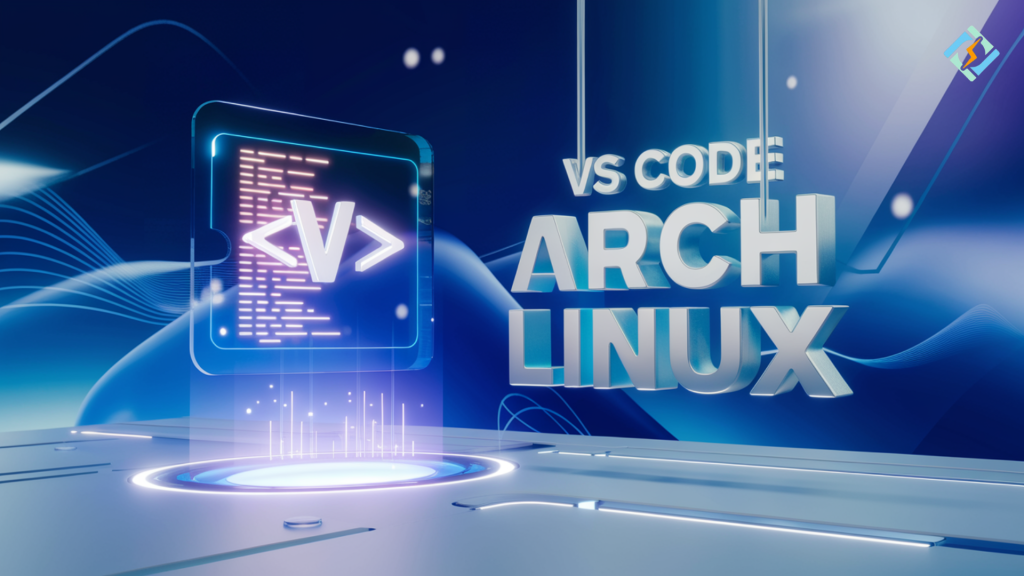
When you are new to Arch Linux, it is difficult to set up a coding environment. You may have probably used Visual Studio Code, known as VS Code. We are going to learn how to install VS Code ArchLinux. VSCode is lightweight, has powerful extensions, and can be easily customized. However, users find it difficult […]
RPM Command in Linux: Your Quick Guide!
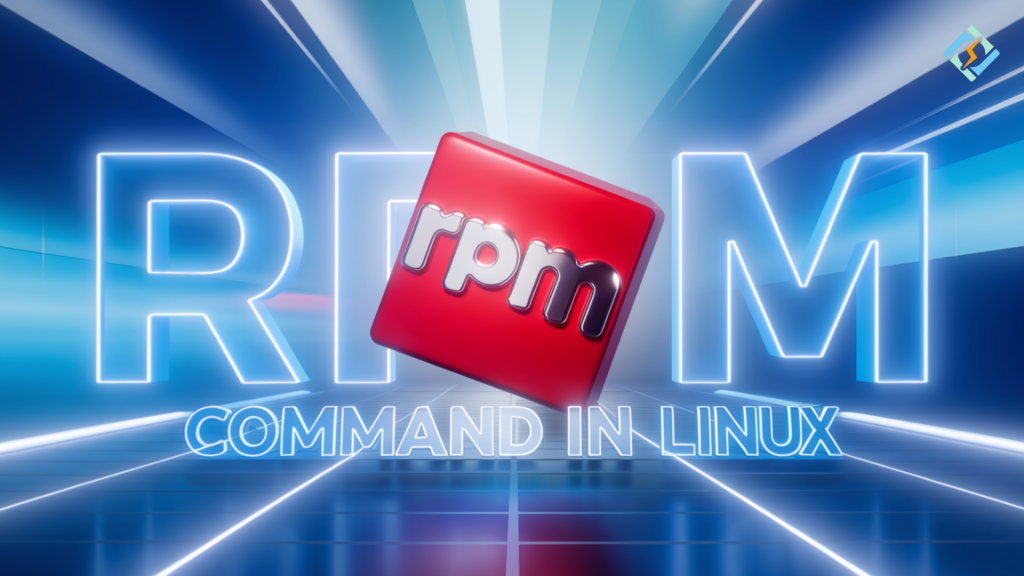
Whenever you are dealing with a particular Linux distribution, some measure of package management ability is required. The RPM command in Linux provides system administrators with the capacity to install, verify, update, and delete .rpm formatted software. Understanding the RPM in Linux is important for system administrators, developers, and ethical hackers working with Red Hat-based […]
Parrot Linux: Secure & Smart Choice

Are you looking for a lightweight and secure operating system for ethical hacking or penetration testing? We got you covered. As we are going to explore ‘Parrot Linux’. It is the Debian-based powerhouse built for security professionals, developers, and privacy-conscious users. We know Kali Linux because of its fame. But, Parrot Linux has a balanced […]
ClamAV Ubuntu: Your Complete Guide to Installation & Use
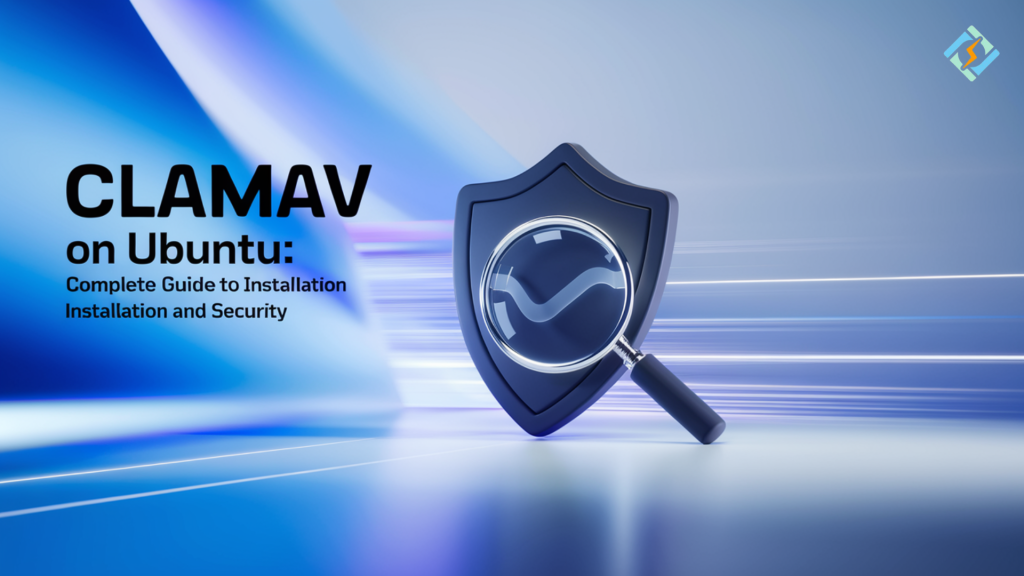
All we know about Ubuntu. And it is secure too. However, it is not immune to threats. When you exchange files with other users or run email servers, Malware or trojans can access your system. This is the state where ClamAV Ubuntu comes. ClamAV is a free and open-source antivirus. It is designed for detecting […]

